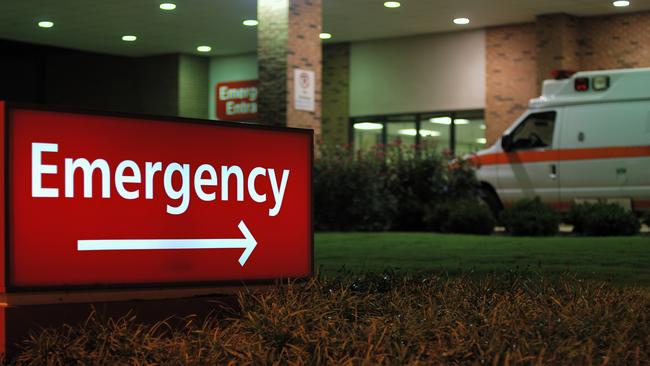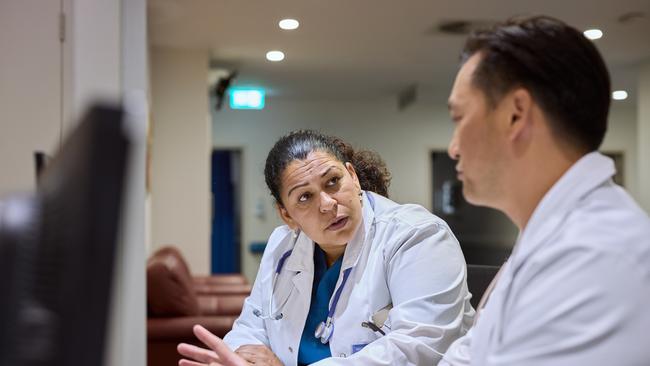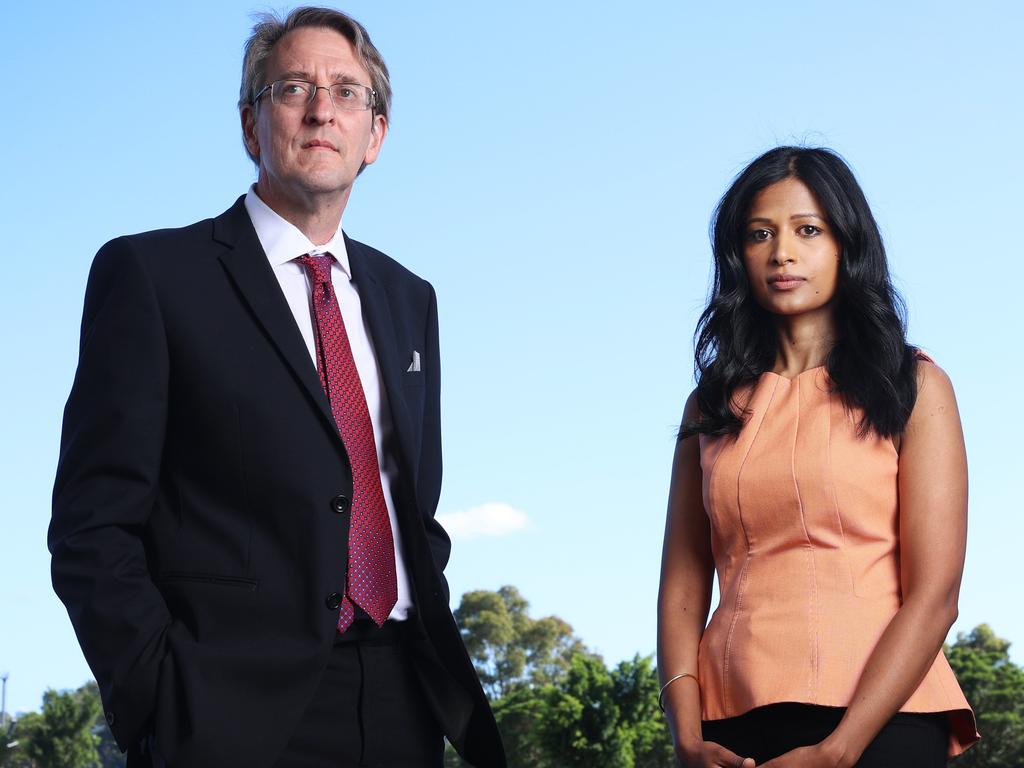Put patients first: let’s fix the conflict between hospital administrators and doctors
Patient safety should never come second to cultural problems in the health care sector.

A series of stories in The Australian have revealed, in shocking detail, how widespread dysfunction in relationships between public hospital administrators and specialist doctors is putting patients’ lives at risk around the country.
Workplace conflict is rarely productive, but in our health system it has the potential to be catastrophic.
Our public hospitals can be dangerous places. There should be no excuses for accepting risk to patients as a consequence of cultural problems between healthcare workers and those who administer our hospitals.
I was given the responsibility of analysing the recent national doctors’ survey, undertaken by the Australian Salaried Medical Officers’ Federation – ASMOF. The findings of the survey were deeply concerning.
Only one quarter of responding doctors described their relationship with hospital administrators as respectful. More than two thirds of those doctors felt that health bureaucrats had little or no understanding of the clinical work of frontline doctors.
Perhaps most worrying of all, a staggering 75 per cent of hospitals doctors reported that they felt uncomfortable reporting safety concerns due to fear of retribution.
More than half of the public hospital specialists in the survey reported being aware of colleagues who had suffered retribution after raising concerns with management.
Australia’s public hospitals have never been under greater pressure. Already challenged in meeting demand before Covid-19, the post-pandemic landscape has left record waiting lists for surgery and other medical procedures, overwhelmed public hospital specialist clinics, and swamped emergency departments.

There is no prospect of demand on our public hospitals reducing any time soon. Indeed, with a deluge of chronic conditions such as diabetes and mental health problems and challenges in securing GP appointments, our hospitals will face only greater and greater demand.
The only way we can ensure that Australians continue to have access to a world-class health system is with our public hospitals working at maximum efficiency and with a top-class healthcare workforce. There is no plan B for millions of Australians.
Workplace safety and high-performing healthcare staff are not luxuries. The Australian Commission on Safety and Quality in Healthcare estimates that more than 10 per cent of all activity in public hospitals is the result of mistakes and adverse events. That represents billions of dollars wasted from an already cash-strapped hospital system.
If we are to minimise the risk of harm and medical mistakes, maximise the efficiency of our health system – and protect Australians – then improving the relationship between those who run our hospitals and those who provide the clinical care is not optional.
Doctors and fellow healthcare workers must feel safe in reporting safety and other concerns to hospital management.
Australians want to trust the care they receive in our public hospitals. They also want to have surgery in a timely manner, specialist clinic appointments before their conditions deteriorate, the best emergency department experience possible, and safe care when they do end up admitted to a hospital.
For these things to happen it is critical the health workforce is functioning at a peak, not burnt-out, frazzled and working in a hostile environment. Safety must be first and foremost and no doctor, nurse, or other hospital worker should be fearful of raising concerns for fear of reprisal.

Ongoing negotiations of the National Health Reform Agreement offer the perfect vehicle to address these issues. Incentives to smooth out relationships between managers and healthcare workers should be baked into the final agreement. The Federal Health Minister should expect – indeed, demand – proof from state and territory counterparts that dysfunctional relationships are repaired. Australians expect no less.
Spending on health is the single biggest item on every state and territory health budget, and hospitals are the largest cost. With so many demands on the public purse, Australians have a right to expect that the health workforce is functioning at the highest level possible.
Righting the ship so that often-toxic relationships between hospital administrators and senior doctors are fixed must be a high priority. Every dollar spent on our public hospitals should yield the maximum benefit for Australian patients. Patient safety should be our prime goal.
Dysfunctional hospital workplaces put everyone at risk and are a drag on our economy at the worst possible time.
Steve Robson is professor of obstetrics and gynaecology at the Australian National University and former president of the Australian Medical Association. He is a board member of the National Health and Medical Research Council and a co-author of research into outcomes of public and private maternity care.





To join the conversation, please log in. Don't have an account? Register
Join the conversation, you are commenting as Logout